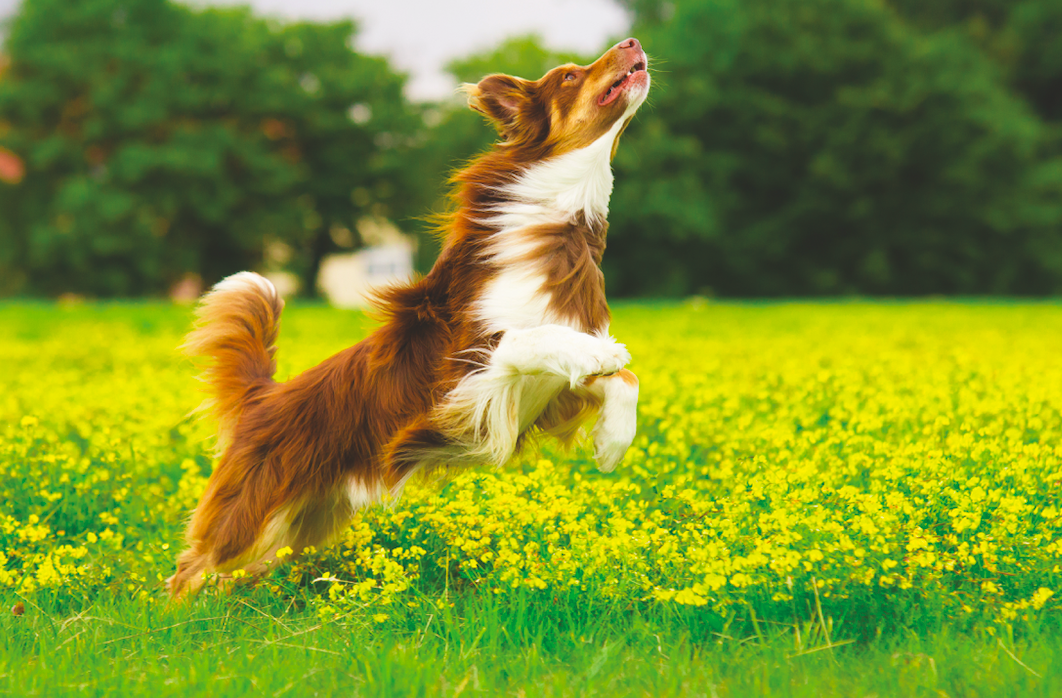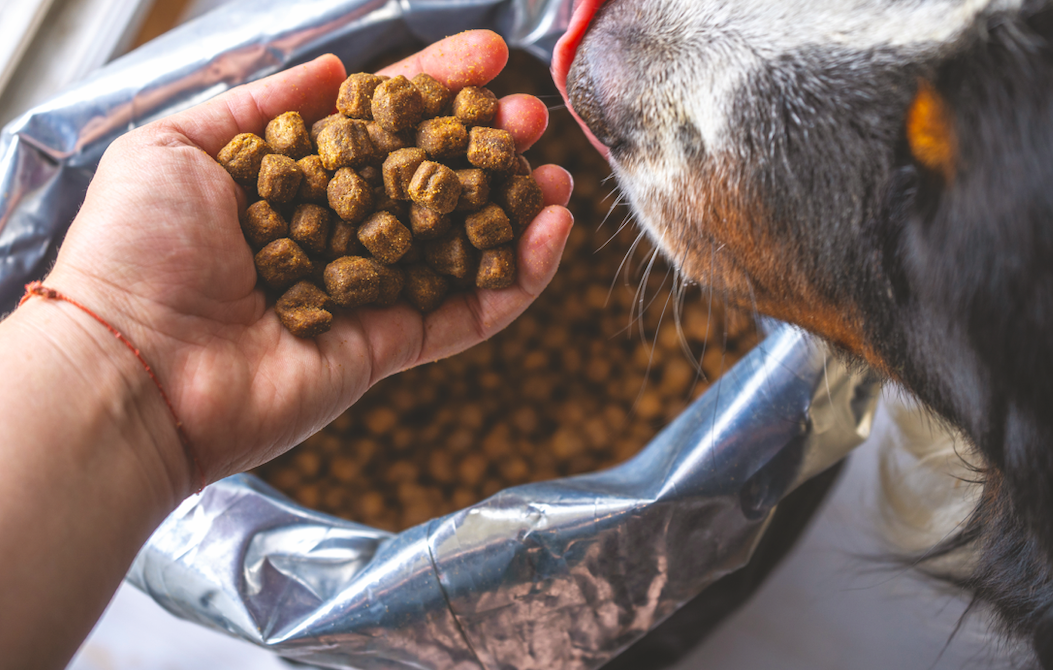Lipids are a critical component in our dogs' diets, that we might better know as fats and oils. Jacqueline Boyd tells us why they are so important...
What are lipids? You might have heard this term when exploring your dog’s nutrition and been a little confused about what it means. Well, lipids are a group of substances that we might better know as fats and oils. The term lipid is the more correct, scientific term to describe these molecules. But why are lipids important for our dogs and what should we know about them to make really good nutritional decisions? Let’s learn about why lipids are a critical component in our dogs’ diets.
What are lipids?
Lipid is an umbrella term that includes fats and oils. We can recognise fats because they are typically solid at room temperature – think about butter or lard. Oils, such as sunflower or olive oil, tend to be liquid at room temperature.
These physical variations are a result of differences in the chemical structure of these compounds and also mean that fats and oils have slightly different roles in nutrition too. Essentially, not all lipids are the same.
Lipids sometimes get a bad name – we often worry about excess fats in our own food, especially if we are looking to manage a healthy waistline. The same does apply for our dogs, but lipids do have a range of important functions in the body. Indeed, many lipids are essential for health and well-being.

Why are lipids important in my dog's diet?
Lipids have key roles in the structure and function of our dogs’ bodies. They help to ensure the structure of cells, tissues and organs. Fatty deposits provide insulation and protection around organs, and in areas of the body such as paw pads.
A key role of lipids in the diet is providing energy to our dogs. Highly active, sporting and working dogs especially benefit from lipids in their diet to fuel their activity output. Dogs are much better at tolerating high levels of fat and oils in their diet than we are. This means that we can feed high fat diets to our dogs without the same concerns about heart disease and other conditions that we might have for ourselves. The exception is if your dog is a little rounder than ideal. In this case, a diet low in fat is a critical way to help manage your dog’s bodyweight and to maintain a healthy condition.
Similarly, managing dietary fat levels might be important if your dog has pancreatitis or other health conditions. Lipids in food can also help to make the food tastier for our dogs and can enhance digestion too.
There are also lipids called the ‘essential fatty acids’ that must be supplied in the diet because they cannot be made in the body but are critical for normal function.
Protecting lipids
Diets with a high lipid content will typically have additional substances called antioxidants added to them. This is important because fats and especially oils, can be highly reactive when exposed to light, air, and other substances such as the minerals found in food. When this happens, the lipids become rancid, leading to changes in taste and smell of the food, plus potential long term health issues if the food is eaten. Vitamin E and vitamin C are both natural antioxidants that are sometimes added directly to food to minimise the risk of rancidity.
It is also good practice to store any oils that you might feed your dog in dark bottles and keep them in the fridge. If you feed kibble or treats with a high fat content, keep bags tightly closed and avoid storing them for long periods, otherwise the overall nutritional value will be reduced, and the taste might be affected.

The omega fatty acids
The omega fatty acids are a group of essential fatty acids that have attracted a lot of attention because of their impacts on health. They are polyunsaturated fatty acids with a particular chemical structure, namely many double bonds between the carbon atoms that make up their ‘molecular skeleton’. The omega-6 and omega-3 fatty acids are the commonly discussed ones. The levels of omega-6 and omega-3 fatty acids must be carefully balanced in the diet to support health. For this reason, diets are formulated for appropriate levels of these lipids.
Omega-3 fatty acids
The omega-3 fatty acids are actually a group of similar molecules that are derived from alpha-linolenic acid (ALA), or ALA, a lipid found in linseed and other plant oils. Two omega-3 fatty acids of nutritional importance are EPA (eicosapentaenoic acid) and DHA (docosahexaenoic acid) which can be synthesised by our dogs from ALA consumed in their diet. However, this process is not very efficient, so feeding EPA and DHA directly is often more beneficial to aid health, development of the nervous system and to support a healthy inflammatory process in the body.
Traditionally, EPA and DHA are often added to the diet via oily fish or oils such as salmon oil, but did you know that oily fish is only rich in these compounds because they feed on marine algae? It is the marine algae that is actually rich in EPA and DHA, and this may be an even better source of these omega-3 fatty acids in our dogs’ diets, especially as fish is not always the most environmentally sustainable option. Some dogs also don’t like fish or fish oils, and might even have intolerances to them.
Lovely lipids
We might worry about lipids in our dog’s food, but remember that lipids are a diverse group of molecules that have important roles in the body. Good nutrition means making sure we provide lipids in the correct form and amounts to keep our dogs fuelled and healthy.
Did you know?
- Highly active, working and sporting dogs will benefit from a diet high in lipids.
- If your dog needs to lose weight, looking for a diet low in fat is a good first step because fat is very energy dense, making it easy to feed more calories than your dog needs.
- DHA and EPA, are omega-3 fatty acids important for puppy development, including their learning.
- The lipid content of your dog’s food will be detailed on the label as ‘crude fat’.







